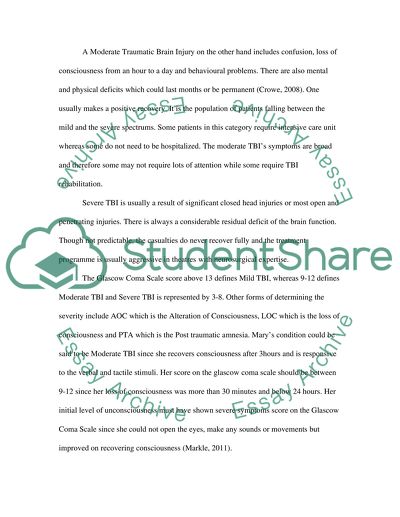Cite this document
(“Assessment of a TBI Case Study Term Paper Example | Topics and Well Written Essays - 1500 words”, n.d.)
Assessment of a TBI Case Study Term Paper Example | Topics and Well Written Essays - 1500 words. Retrieved from https://studentshare.org/psychology/1481903-assessment-of-a-tbi-case-study
Assessment of a TBI Case Study Term Paper Example | Topics and Well Written Essays - 1500 words. Retrieved from https://studentshare.org/psychology/1481903-assessment-of-a-tbi-case-study
(Assessment of a TBI Case Study Term Paper Example | Topics and Well Written Essays - 1500 Words)
Assessment of a TBI Case Study Term Paper Example | Topics and Well Written Essays - 1500 Words. https://studentshare.org/psychology/1481903-assessment-of-a-tbi-case-study.
Assessment of a TBI Case Study Term Paper Example | Topics and Well Written Essays - 1500 Words. https://studentshare.org/psychology/1481903-assessment-of-a-tbi-case-study.
“Assessment of a TBI Case Study Term Paper Example | Topics and Well Written Essays - 1500 Words”, n.d. https://studentshare.org/psychology/1481903-assessment-of-a-tbi-case-study.


